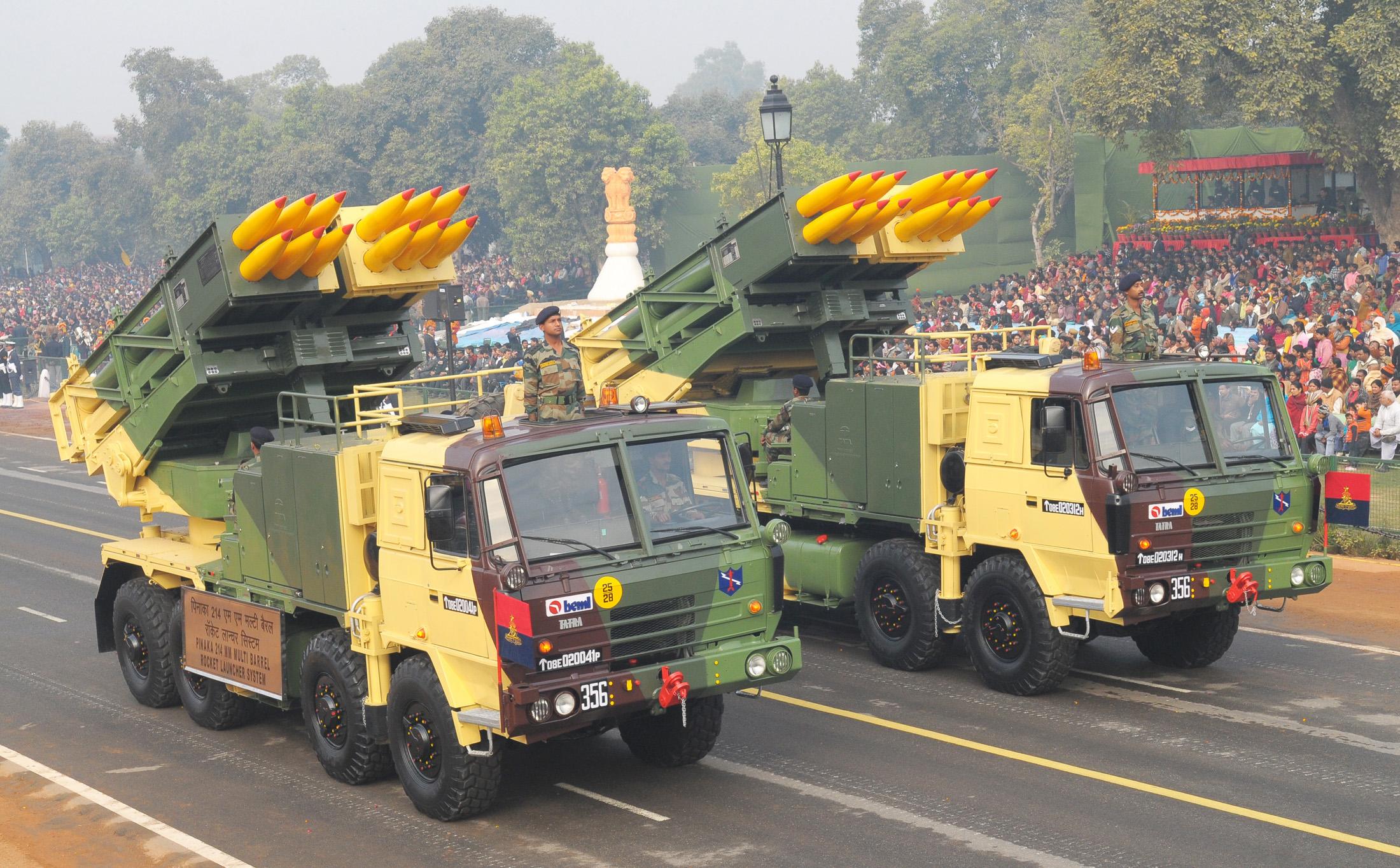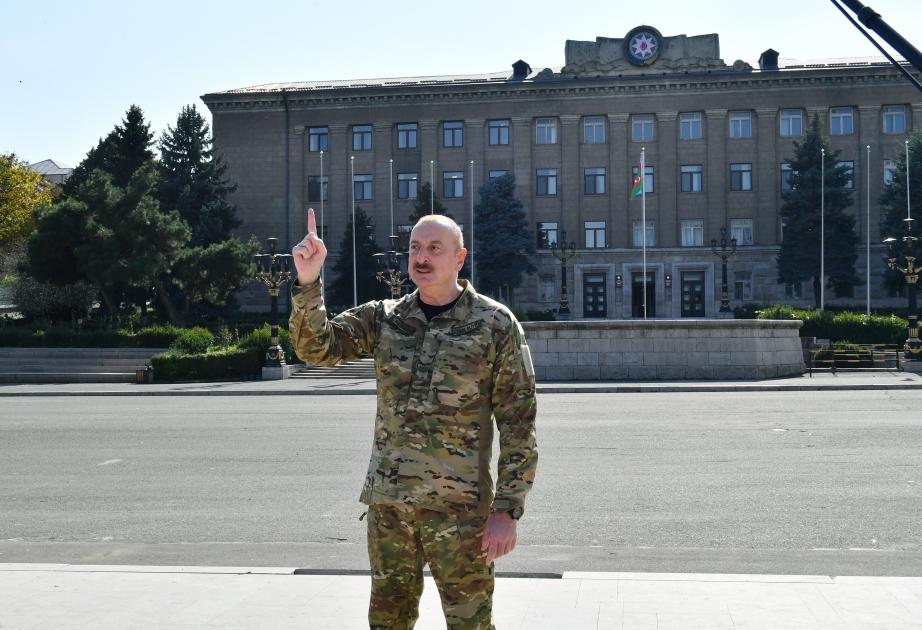Yerevan talks about peace but reaches out for Indian weapons How much do Pashinyan’s games cost the Armenian budget?
The Indian Defence Ministry is proud to announce that the country's defense exports reached $1.924 billion in fiscal year 2022-23. This is a record figure for the country's military-industrial complex. So, for comparison, in 2020-2021, India sold $360 million worth of weapons to foreign partners, and in the 2016-2017 financial year, Indian arms exports were ten times less than the figures announced this year.
Under the official figures, India currently exports defense products to over 85 countries. Recently, Armenia has become the main consumer of annually increasing international orders for the purchase of Indian weapons.
After the devastating defeat in the Second Karabakh War, the authorities of the “land of stones” limited their military-technical cooperation with Russia, simultaneously accusing Moscow of not supplying Armenia with already paid for shipments of weapons. It was precisely to compensate for the large losses of military equipment and weapons that Yerevan set a course for active military cooperation with New Delhi. Prime Minister Nikol Pashinyan loudly declared this from the rostrum of the Armenian parliament. The prime minister told Armenian parliamentarians that his government had signed contracts with India for hundreds of millions of dollars for the supply of various types of weapons and military equipment. Apparently, this was that rare case when Pashinyan did not lie.
Since 2020, Yerevan and New Delhi have entered into contracts for the supply of Indian weapons totaling approximately two billion dollars. So, what kind of weapons did Armenia purchase from the nationalist Modi government for such an impressive amount?

Immediately after the 44-day war, four SWATHI counter-battery radars developed by the radio-electronic division of the Indian state Defense Research and Development Organization (DRDO) and produced by the Indian state association Bharat Electronics Limited (BEL) were delivered to Armenia from India. This deal cost Yerevan $43 million, with Armenia becoming the first foreign customer of the SWATHI radar.
Yerevan also acquired the Indian all-weather PINAKA multiple-launch rocket system, designed to perform combat missions, including in mountainous areas, using quick strike tactics with changing firing positions. Along with these MLRS, Armenia also purchased Konkurs anti-tank missile systems and various types of ammunition. This deal cost the country's state budget $250 million.
The Armenian leadership decided to replenish the rather battered artillery fleet of its armed forces with Indian artillery systems. And in this case, Yerevan’s aspirations were fully understood by New Delhi. The Indian nationalist government offered its Armenian partners the MArG 155-BR self-propelled howitzer and the ATAGS towed howitzer. This contract cost Yerevan $155.5 million.

Yerevan, apparently taught by bitter experience when it could not oppose anything to the Azerbaijani strike drones on the battlefield, decided to strengthen its army with means of defense against unmanned aerial vehicles. Again, it turned to its Indian friends. They responded favorably to Yerevan’s request and supplied it with anti-drone systems worth $41.5 million.
Another blow to the arsenal of the Armenian army was dealt by the anti-terrorism measures of Azerbaijan, carried out in September 2023, after which Armenia lost dozens of units of military equipment and weapons. These losses were also very significant in the area of air defense. The military-political leadership of Armenia planned to solve these problems by purchasing AKASH anti-aircraft missile systems from India. This air defense system is designed to destroy aerodynamic air targets in conditions of active use by the enemy of electronic suppression means and to provide air defense of facilities and troop groups. In total, Yerevan acquired 15 AKASH air defense systems. This deal cost Armenian taxpayers $750 million.
During the Second Karabakh War and anti-terrorist measures in 2023, the Azerbaijani Armed Forces captured, among other things, a large amount of ammunition of various types. Cache and warehouses of Armenian army formations are found in the liberated Azerbaijani territories almost every day.
And in this case, Armenia decided to replenish its rather depleted reserves in India. Thus, Armenia purchased five million 7.62 mm cartridges and 150,000 units of 30-40 mm grenades from its Indian partners.

We must also not forget about the information constantly circulating in various media that Armenia is showing interest in purchasing various missile systems produced by the Indian Defense Research and Development Organization. According to media reports, Yerevan is set to purchase air-launched BRAHMOS medium-range missiles and PRALAY ground-based short-range tactical ballistic missiles. Although there is no official information yet about Armenia’s acquisition of these Indian missile systems, it is quite possible that if this transaction is carried out, Yerevan will have to fork out hundreds of millions of dollars.
All the above figures are another confirmation that, despite the “peace-loving” rhetoric, the military-political leadership of Armenia ignores the unique opportunity to establish long-term peace in the region, does not abandon its revanchist plans, and continues the militarization of its country.

Baku is closely monitoring the processes in Armenia, including revanchist sentiments. Supreme Commander-in-Chief of the Armed Forces President of Azerbaijan Ilham Aliyev said:
“We constantly raise the issue of arming Armenia. We believe that this is counterproductive. This is a provocation. Countries that supply Armenia with weapons, such as France and India, are now adding fuel to the fire and creating unrealistic illusions in Armenia that with the help of these weapons, they will be able to return Karabakh. I don't want to go into detail about the quality of these weapons, although I know what kind of weapon it is. But even if they have modern weapons, they have no chance. Because war and the outcome of war are decided not by weapons, but by people, by spirit. During the Second Karabakh War, according to the statements of the Armenians themselves, there were 12,000 deserters in the Armenian army who fled from the battlefield, while in the Azerbaijani army, there were zero. That is, they have no chance."
This is the case when you don’t need to add anything to the above.








